-
When you click on links to various merchants on this site and make a purchase, this can result in this site earning a commission. Affiliate programs and affiliations include, but are not limited to, the eBay Partner Network.
-
Posts
4,254 -
Joined
-
Last visited
-
Days Won
5
Content Type
Profiles
Forums
NGC Journals
Gallery
Events
Store
Downloads
Posts posted by brg5658
-
-
I wish there were a book like this titled "100 Greatest 20th Century Coin Designs" - it seems the current book described is more a Greatest = "Most Expensive and Rare" type book.
There are many stunning coin designs from the 20th Century. There are also a lot of really ugly but rare coins.
A coin from a particular year with extremely low mintage (but otherwise the design type is readily available) does not make it "great" by my definition of the word. To each his/her own.
-
-
-
1 hour ago, Insider said:
Agree. I apologize for "high-jacking" your informative thread.
However, you disagreed with a friendly SUGGESTION I made for everyone here. The author of a book you recommended made the same suggestion, you refused to try it because you didn't wish to alter your setup, then eventually suggested the same result we both suggested could be accomplished by altering your setup (it could). Worst of all, I'm turned into the bad guy because I will not quit attempting to get you to RETRACT your disagreement.
Unfortunately, as with our other disagreements, no answers from you are forthcoming.
I'll post my images in a GTG format when I can copy them. I've turned over a new leaf.
 I don't wish to make anyone feel foolish when they cannot tell if the coin was angled to the lens or not when photographed (with no adjustment made to the lighting).
I don't wish to make anyone feel foolish when they cannot tell if the coin was angled to the lens or not when photographed (with no adjustment made to the lighting).
Until our next discussion, thanks to all posters for the photography lesson!

I will not retract my disagreement, because I strongly disagree with you. If you are trying to teach someone to take quality photos, you don't start with the 2-3 pages of the "advanced" sub-section of a book - a section very limited to very specific and quirky examples of utility. I'd argue less than 1% of photos of coins benefit by tilting. We're not here to discuss the fringe methods, the intent of my post was to offer lighting advice for most coin photographs.
You make it seem as though because the word "tilting' was mentioned in Goodman's book you are somehow vindicated. It does not vindicate or support your suggestion. All of the limitations mentioned by those of us here are also mentioned by Goodman, and tilting a coin into a light source is not a recommended method of photographing a coin. Period.
No one turned you into a "bad guy" (is this your "snowflake" coming through?). Those of us with actual experience in taking quality coin photos simply told you why what you were suggesting was not what would benefit most. I have always offered answers (and very detailed ones) - so I have no clue what you're complaining about with my supposed lack of "forthcoming" answers. That's a bald-faced lie. I spent a good amount of time explaining depth of field to you, with actual measurements and scientific quantities - you completely ignored it and acted as though you'd ignore physics and optics laws in favor of your own experiments. Stubborn as usual.
- comicdonna and Insider
-
 2
2
-
1 hour ago, Insider said:
Yikes! I just tried to post an image Emailed to me from the camera and it will not open! Color me a loser so far
 . I'll need to get someone familiar with our system to allow me to copy and paste the images in case my terms are met
. I'll need to get someone familiar with our system to allow me to copy and paste the images in case my terms are met  and we get to play: "Tipped
and we get to play: "Tipped  or Not Tipped
or Not Tipped  ."
."
Please post your own thread with these pictures. I will see the thread.

-
1 hour ago, Insider said:
I find that it is much easier and quicker to tilt the coin and rotate it under a light source that never moves.
Except - as we've explain to you probably 10 times now - for all the reasons why that isn't a best practice (loss of sharpness, geometric distortion, etc.).

Skip, you are free to do whatever you'd like, but that doesn't mean it's good practice or up to par of professional images.

We're waiting going on 2 weeks now for your supposed good images you took with your company's multi-thousand dollar automated equipment.

-
There shouldn't be any reason why replying to a thread that YOU started would be blocked. My only thought is user error or some content that the machinations were not happy about - maybe try again?
A person blocking you does not forbid you from posting in threads - trust me, I'd know. I have you on ignore, and I still have to see your threads - and often put myself through the self-inflicted-pain of expanding your replies in threads that I own.
- GoldFinger1969 and Insider
-
 2
2
-
- Popular Post
I have a David Lange slab also.


- Crawtomatic, rrantique, RonnieR131 and 4 others
-
 7
7
-
15 minutes ago, VKurtB said:
Which list is Hall on? The incredibly ugly Hawaiian shirt wearing list? Hands down winner.
Coin dealers of the ilk that some here are defending probably come right after Lawyers and Car Salesmen on the list of most “greasy” professions.
If the list was supposed to be “Top Numismatic Businessmen” then that’s what it should have been called. Probably 25% of the list (at most) qualify as actual Numismatists first, and businessmen 2nd or not at all. Nothing wrong with being a businessman, but that doesn’t mean you have contributed positively to numismatics. “Influential” can be construed as being positive, but influence can be bad just as well as good.
-
Another glaring oversight is Steve Hayden. He has done more to catalog, photograph, describe, and promote the collecting of Civil War era tokens and other US exonumia than most anyone I can think of.
Final thoughts: To create a list like this with true numismatic researchers and scholars (like @RWB) interspersed with other names of hucksters and greedy business people is insulting at best. It appears CoinWorld may have created a large part of this list from advertisers in their magazine. Some transparency as to how these names were determined would be nice. As currently drafted, the list screams “ill-conceived ego-stroke.”
-
10 hours ago, GoldFinger1969 said:
Anybody ever talk to this guy (I wonder if he was at FUN earlier this year) ? I wonder what is his rationale for selling the overpriced stuff he hawks on TV.

Because he owns the TV channel. Just Google the guy. Whatever supposed knowledge he added to the hobby early in his career has been overshadowed by his disgusting huckster career since. Just IMO of course.
-
- Popular Post
-
- Popular Post
- Popular Post
8 hours ago, Cat Bath said:I missed the alive part but should have caught on by the list.
It doesn't say anywhere that it is a list of living persons. I think it is a disservice to not include people like Eric P. Newman if the years the list covers is really supposed to be 1960-2020.
8 hours ago, GoldFinger1969 said:Was the head of HA there ?
Jim Halperin and Steve Ivy are both on the list.
- GoldFinger1969, MarkFeld and Walkerfan
-
 3
3
-
-
3 minutes ago, Quintus Arrius said:
[The words schmuck and in Yiddish, and pilliock in Norwegian, are references to one's primary member and their use to describe an esteemed colleague is not only ill-advised but unwarranted. Why can't we all just accept each other on common ground and all just try to get along? Re lighting, the advice given by the two main camps may very well be sound but lacking resources (and the initiative to be resourceful) I do what every one else does: the best I can with what I have.
Pillock is British slang for a dolt. It may come from a Norwegian word, but that is not what I typed.
-
Just now, World Colonial said:
Seems to be a US centric survey. I don't recognize any name from anywhere else. Apparently, no one from anywhere else is worthy to make the list.
Second observation, a few seem to be included simply because they have a large wallet. I'd be interested to know the criteria and how the people on this list meet it.
As an example, John Albanese founded both NGC and CAC. TPG and CAC are more connected to the financial side of "collecting" but undoubtedly, he has had an impact on how coins are bought and sold.
Richard Lobel is in the UK. There are a few others not USA.
-
- Popular Post
- Popular Post
...how on earth did John Kraljevich and Eric P. Newman not make the list but others like Bruce Morelan, Laura Sperber, Rick Tomaska, et al. did?

Bizarre list of potential persons.
EDIT: I don't see anywhere that it says the list is only persons who are living...but, if that's the case, I guess Eric Newman is out, but still - no John Kraljevich but hucksters like Rick Tomaska?
 Gross.
Gross.
-
54 minutes ago, RWB said:
RE: "The lighting of proofs isn’t really much different from non proofs. You just have to keep the lights far enough back from the lens so as not to glare off of the mirrors. Below are three somewhat progressively more mirrored proofs I have photographed in the past couple months."
Some use a black (or white) card around the lens how does that work?
Also, what about older proofs were the entire surface is mirrored?
Roger, I have not used colored cards around the lens for photographing proofs (or any other coins).
I'm not a big proof coin collector, so I do what I can to make the images of my particular coins look like they do in hand. Others will have to chime in on your specific questions. I think the only "older" proof coin I own is the 1907 V Nickel below.
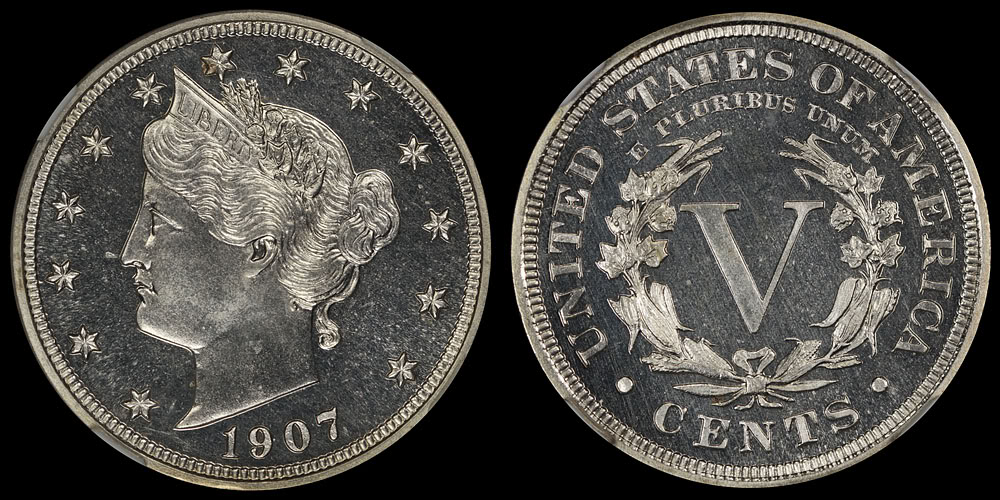
-
12 minutes ago, Insider said:
Again, I offered a suggestion FOR EVERYONE into the "circle thing" you two are having. Apparently, you didn't have Goodman's book either or you would know that tilting coins is recommended in certain situations.
 I forgot his recommendations for proofs.
I forgot his recommendations for proofs.
Skippy - get off it!
I have Goodman's book and have read it more than once. He mentions that tilting coins may be possible on 2-3 pages of his much larger 160+ page book. He specifically says that if you tilt coins you have to accept the degradation of sharpness lost by stopping down your aperture to very large f-values. He also specifically says that you can use more complicated lens set-ups like tilt-shift lenses (as I also mentioned before). Another technique he doesn't discuss in his 10+ year old book is focus stacking - which is a software fix-up for tilting coins into the light source where you take multiple pictures and the software stitches them together into a fully in focus image. The point is that none of this is a standard technique (i.e., it is rarely used) and doesn't help the masses take better photos.
You're such a self-serving pedantic pillock. This thread is about LIGHTING for taking better coin photos - please stop with your childish and incessant "told you so" posts.
-
20 minutes ago, RWB said:
So you feel it is more of an individual decision for non-portrait designs?That is: what lighting produces the most accurate and pleasing result....is that correct? (PS: That 1825 is a beauty !)
Another question. Assuming the camera (CCD plane) is parallel to the coin, how can one best light a modern brilliant proof so that the field is dark (or light)? Also, what can be done about non-cameo proofs to get good results without erratic reflections off the relief? (Well -- that's 2 1/2 questions.....)
The lighting of proofs isn’t really much different from non proofs. You just have to keep the lights far enough back from the lens so as not to glare off of the mirrors. Below are three somewhat progressively more mirrored proofs I have photographed in the past couple months.

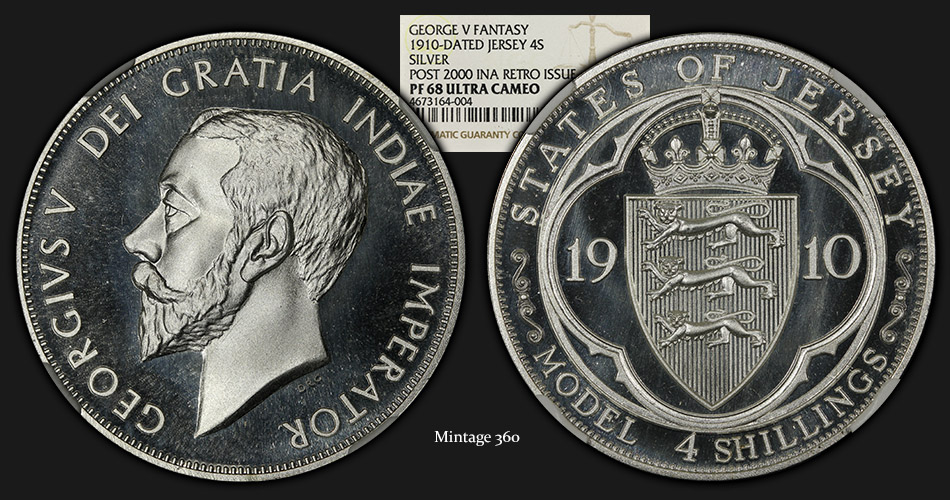
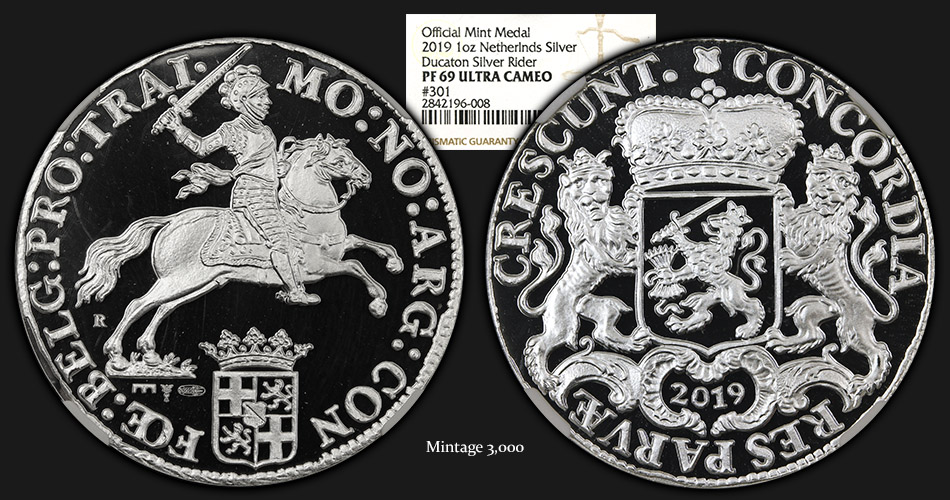
- comicdonna and Insider
-
 2
2
-
30 minutes ago, RWB said:
OK. Here's a relevant question for brg5658.
When photographing a portrait light should usually come from the direction in which the subject is facing. Is there a similar rule of thumb (or some other body part) for eagles and figures on the reverse, or for geometric designs?
(See the first post, coin photos in right column, center and bottom.)
I think there is a lot of subjectivity and room for artistic freedom that can be taken in this arena.
My personal opinions are:
- The lighting should accentuate the subject matter in a "realistic" way - e.g., most devices lit from below simply look odd - be it an eagle, a bust, a full length figure, or a crest/arms.
- Legends should be legible.
- Devices should be well defined/separated from the fields.
- Colors should be accurate.
- Areas of darkness should be avoided (this is sometimes difficult for very large coins and medals).
It's not always possible to get the "perfect" shot - especially when encumbered by shooting through plastic. Again, much of the lighting is subjective but the general rule of keeping your lights high will give you better final images than side lighting or complete diffusion methods like light tents or light boxes.
Below are a few examples of photos I have taken of coins without a classic bust on either side. When I image a coin, lighting is very subjective - I go with what I personally find as accurate. There is no getting around practice - practice will improve images. There is no magic universal solution!
Example 1:
3 Lights - even coverage of the coin surface, with no particular obvious luster bands from extreme directional lighting sources.
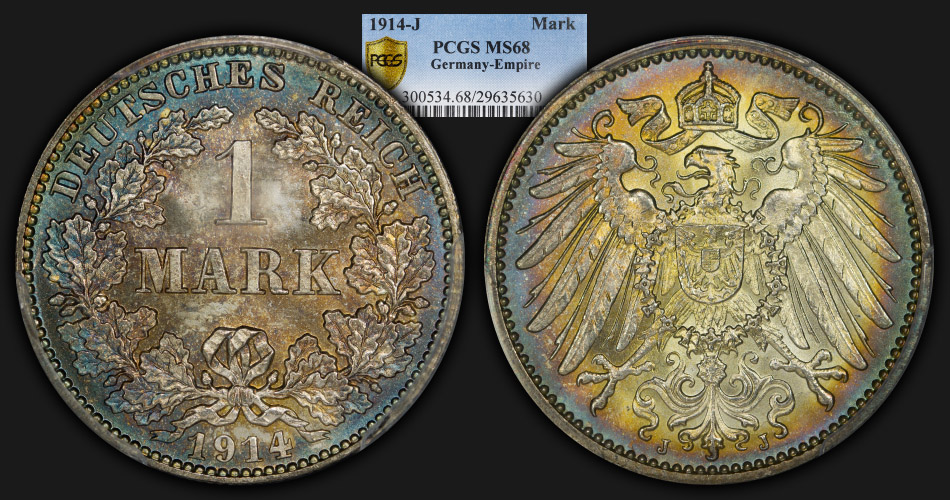
Example 2:
3 Lights - lights are high and the point sources are large enough to avoid blasted luster banding across the coin. This is a large token - about the size of a Morgan dollar. Note some scuffs over the owls face on the reverse - one of the limitations of photographing through plastic slabs.
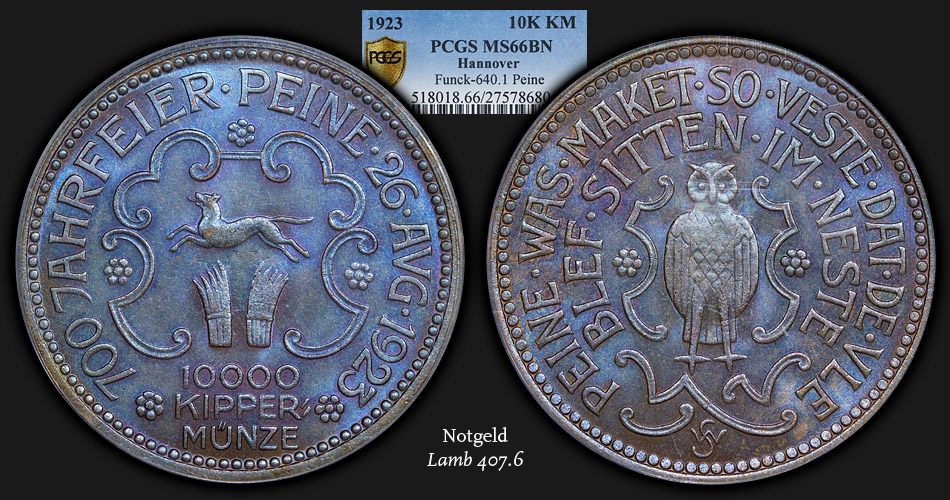
Example 3:
3 Lights - Lustrous coin. The devices are well lit and legends legible - honestly displaying the strike weakness on the reverse center (opposite the horse on the obverse).
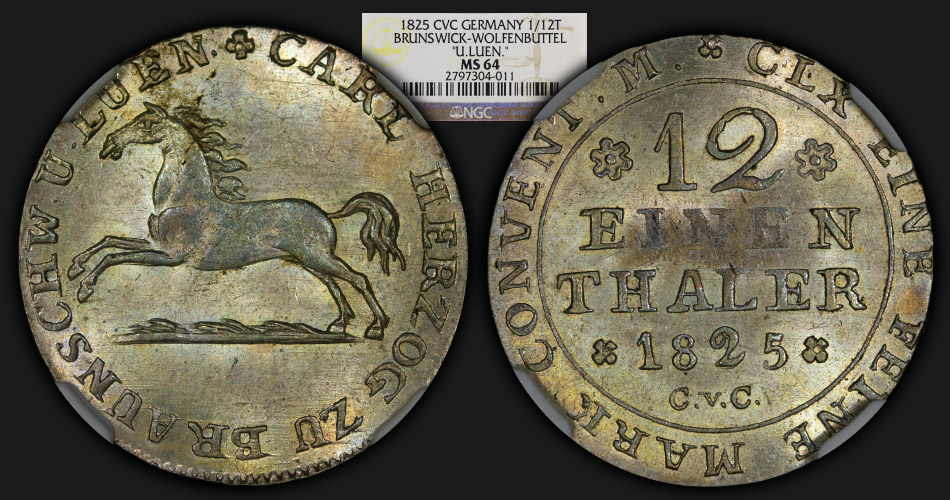
-
-
49 minutes ago, morganthebrave said:
Hi brg5658
Thank you for your reply.
I did not know that INA produced more than what was in the Spink catalog 'patina collection' .
If there is more designs available for a collector outside of what was in the 'patina collection' sold by Spinks, then do you perhaps know of where to obtain this information on all their mintages (in reference to only the Patina series) or varieties?
I have tried to obtain a copy of the above 'patina collection' catalog of Spinks but it is somewhat scarce and hard to come by.
Appreciate some feedback - thank you.
You are correct that the catalog is hard to find. It took me 5 years and I found a copy from a catalog dealer in Portugal!
If you have specific pieces of interest I can provide mintages for you. Your question is too broad for a general answer given that dozens of designs and variants were described in the Spink sale.
-
9 hours ago, morganthebrave said:
Has any collector able to provide a complete mintage figure for the whole patina collection. Are there any errors/ varieties found?
You’re going to have to be more specific.
INA has produced dozens if not hundreds of different Fantasy pieces over the years. Only a few of the designs produced by INA were sold in what Spink called the “Patina Collection” Auction in July 2001.
Do you have a question about a specific design from that specific auction? Or are you asking about all of the INA pieces produced over the years?




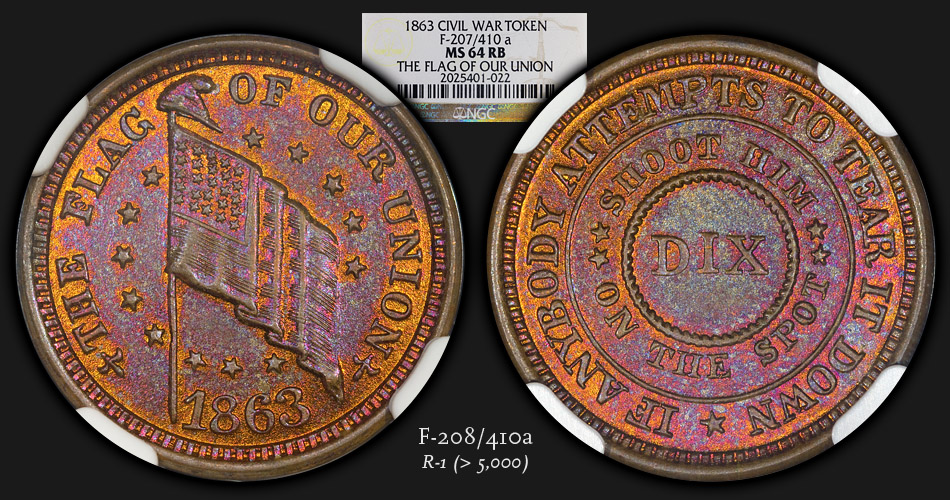
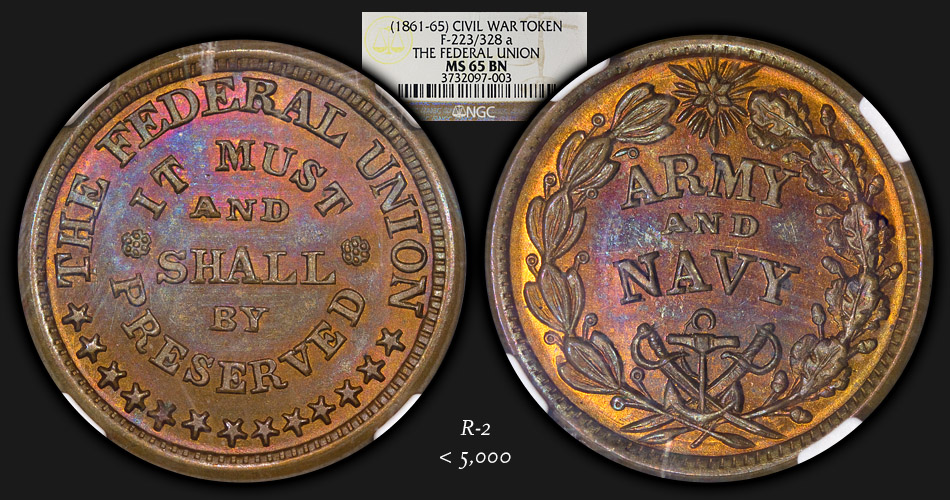
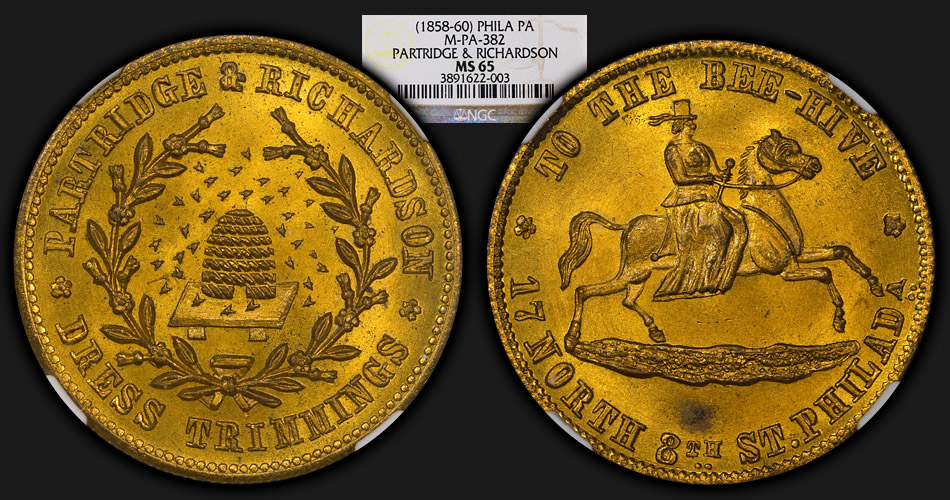
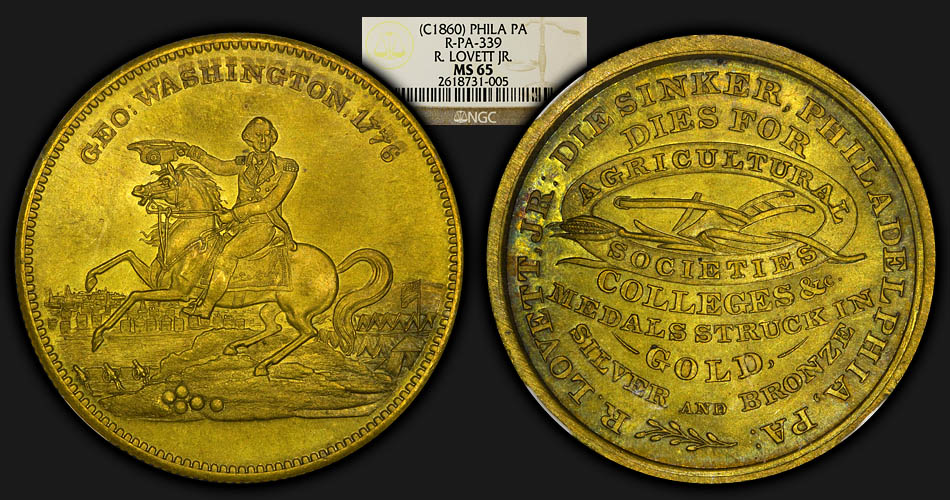




100 Greatest Modern World Coins
in US, World, and Ancient Coins
Posted · Edited by brg5658
These handful of designs come to mind as particularly beautiful, but not rare.
I would prefer these types of "Greatest" books encouraged people to think of coins as works of art, not just expensive metal discs or trinkets - some of which happen have low mintages and are considered "rare." More details about the designs, artists, and engravers would be a great read from an artistic standpoint. Context in terms of the history and timeframe would also be more compelling than a book about "rare" unattainable varieties and dates within a series. Just my 2 cents.